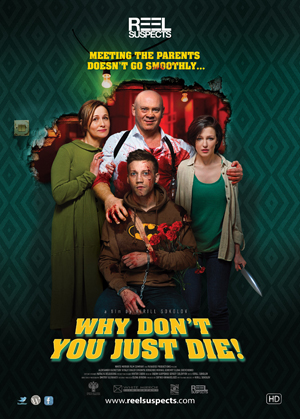 My fourth film of July 27 was once again in the Hall Theatre. It was a Russian film about which I had heard very good things, with one web site calling it among the best action movies of the year so far. You may have heard of Chekhov’s gun; well, Why Don’t You Just Die! (Papa, Sdokhni) gives us Chekhov’s gun, along with Chekhov’s other gun, Chekhov’s claw hammer, Chekhov’s power drill, Chekhov’s CRT TV, and any number of Chekhov’s other odds and ends.
My fourth film of July 27 was once again in the Hall Theatre. It was a Russian film about which I had heard very good things, with one web site calling it among the best action movies of the year so far. You may have heard of Chekhov’s gun; well, Why Don’t You Just Die! (Papa, Sdokhni) gives us Chekhov’s gun, along with Chekhov’s other gun, Chekhov’s claw hammer, Chekhov’s power drill, Chekhov’s CRT TV, and any number of Chekhov’s other odds and ends.
Written and directed by Kirill Sokolov, the film opens with a young man before the door of an apartment, nervously contemplating the doorbell, a claw hammer clutched behind his back. His name is Matvey (Aleksandr Kuznetsov, Marten in The Scythian), and he has come to visit Andrey Gennadievitch (Vitaliy Khaev), the father of Matvey’s girlfriend Olya (Evgeniya Kregzhde). Matvey’s got a score to settle with Andrey, or thinks he does. There’s more going on than he knows, though, and after the opening tension explodes into violence things settle down only to open up as more and more characters get drawn into the confrontation.
The film unfolds largely within Andrey’s apartment, with flashbacks now and again showing us background that shapes what goes on. New wrinkles are constantly added, new aspects of character demonstrated. The plot takes on new shapes at unexpected moments. Violence is a leitmotif; beautiful, horrific, entertaining violence.
There is a lot of blood and blood-splatter in this film; there is torture and the threat of torture. It’s all presented with a cartoony verve, but this is not violence for the sake of violence, or violence for the sake of comedy. The movie is in fact very violent and very funny, but uses violence for the sake of story, creating a tension and a tone and, in the end, getting a certain point across. It will not be to all tastes. It very much was to mine.
There’s a temptation to talk about Quentin Tarantino when faced with a violent but clever small-scale crime film. The sense of corruption is probably most like Tarantino; more than brutal men doing brutal things, there is here the feel of a tough world in which everybody’s out for their own interests. But then the characters also, most of them, have redeeming features, too. Goons are also friends. Sometimes. As a result Why Don’t You Just Die! feels more like an early Guy Ritchie film — the Guy Ritchie of Lock, Stock, and Two Smoking Barrels or Snatch, not the Ritchie of the Sherlock Holmes films. The film’s pacing in particular is like those movies, and how flashbacks are cut in after a bizarre or unexpected plot twist as a way of explaining the twist. But also how people do bad things for good reasons, or what they think are good reasons.
…
Read More Read More

 My first movie on July 28 was one of my most-anticipated of the festival. In 2017 I watched
My first movie on July 28 was one of my most-anticipated of the festival. In 2017 I watched 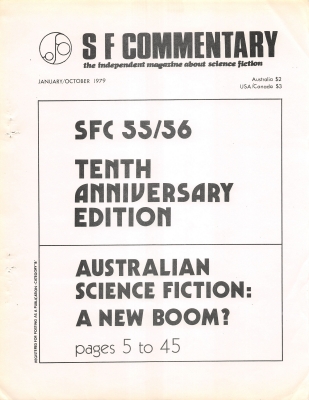
 For my last movie of July 27 I crossed the street to the De Sève Cinema to take in the French-Swiss co-production Les Particules (The Particles). It’s the first fiction feature by director Blaise Harrison, who co-wrote the script with Mariette Désert. After a day of particularly frenetic movies, this was good way to end the evening; a subtler, atmospheric, intelligent, and character-based film that thoroughly succeeded at what it was trying to do.
For my last movie of July 27 I crossed the street to the De Sève Cinema to take in the French-Swiss co-production Les Particules (The Particles). It’s the first fiction feature by director Blaise Harrison, who co-wrote the script with Mariette Désert. After a day of particularly frenetic movies, this was good way to end the evening; a subtler, atmospheric, intelligent, and character-based film that thoroughly succeeded at what it was trying to do.

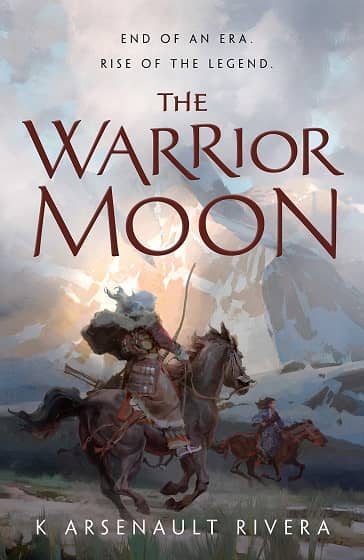
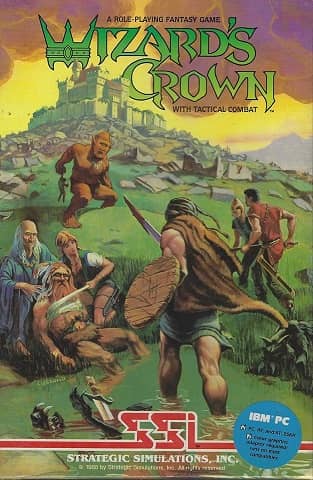
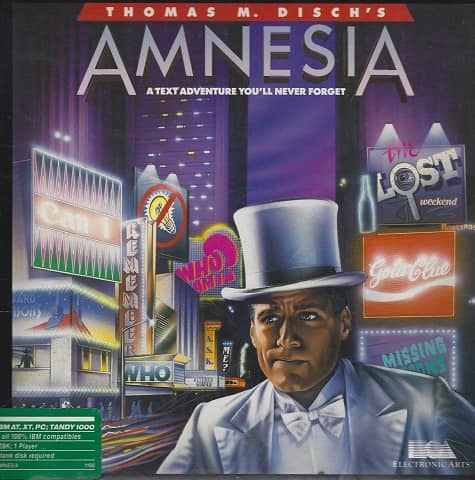
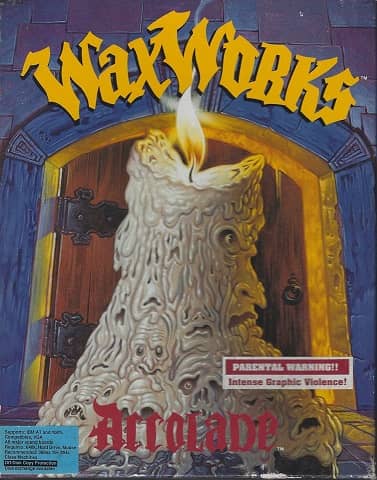
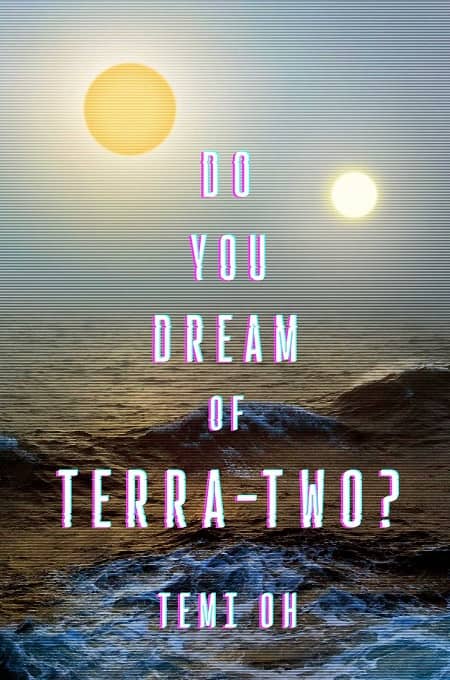
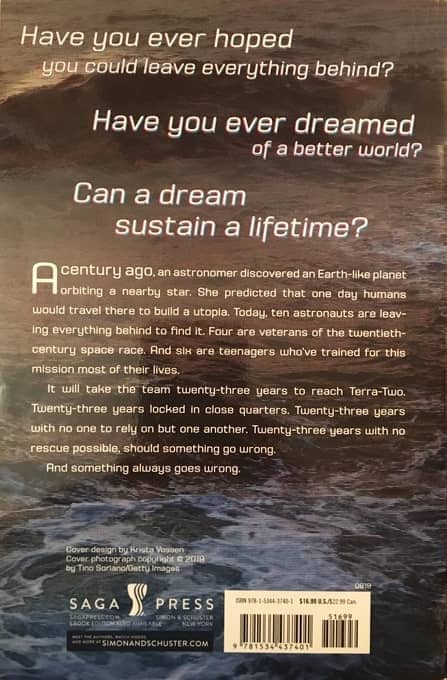
 My fourth film of July 27 was once again in the Hall Theatre. It was a Russian film about which I had heard very good things, with one web site calling it among the best action movies of the year so far. You may have heard of Chekhov’s gun; well, Why Don’t You Just Die! (Papa, Sdokhni) gives us Chekhov’s gun, along with Chekhov’s other gun, Chekhov’s claw hammer, Chekhov’s power drill, Chekhov’s CRT TV, and any number of Chekhov’s other odds and ends.
My fourth film of July 27 was once again in the Hall Theatre. It was a Russian film about which I had heard very good things, with one web site calling it among the best action movies of the year so far. You may have heard of Chekhov’s gun; well, Why Don’t You Just Die! (Papa, Sdokhni) gives us Chekhov’s gun, along with Chekhov’s other gun, Chekhov’s claw hammer, Chekhov’s power drill, Chekhov’s CRT TV, and any number of Chekhov’s other odds and ends. 
